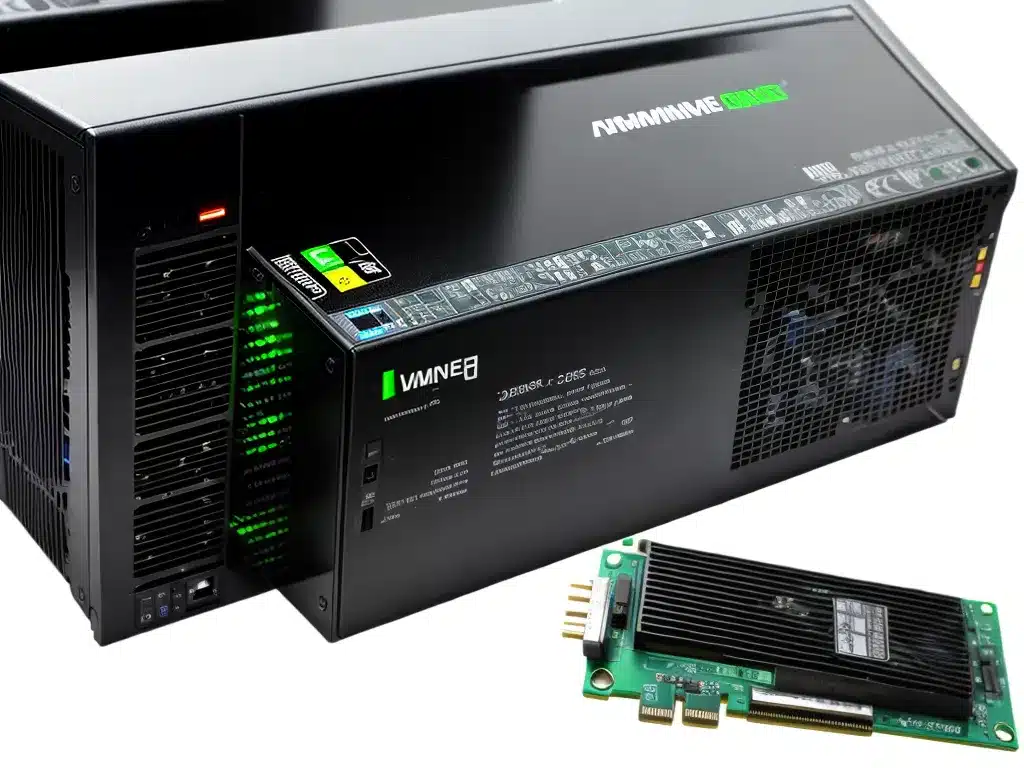
Introduction
Choosing the right power supply is crucial for any computer build or upgrade. The power supply provides stable and clean power to all of your PC’s components and a quality unit can make a big difference in system stability and component longevity. However, power supplies can fail over time and may need to be replaced. Upgrading to a new power supply can also allow you to install more powerful components like high-end GPUs. In this guide, I’ll cover everything you need to know about replacing and upgrading computer power supplies.
When to Replace or Upgrade Your Power Supply
Here are some common reasons you may need to replace or upgrade your computer’s power supply:
Failure or Damage
If your power supply stops working entirely or begins exhibiting problems like random restarts or odd noises, it likely needs to be replaced. Damage from electrical surges or accidents can also necessitate a new PSU.
Age and Wear
As power supplies age, their internal components degrade. Electrolytic capacitors slowly dry out over time. After around 5 years, failure risk increases. So an older PSU may need replacement.
Insufficient Wattage
If you upgrade to more power-hungry components like high-end GPUs or CPUs, your existing power supply may be overloaded. Upgrading to a higher wattage PSU provides necessary headroom.
Inadequate Connectors
Newer components need modern power connectors, like PCIe power cables for graphics cards. Lacking required cables necessitates a new compatible PSU.
Choosing a New Power Supply
Here are key factors to consider when selecting a new power supply:
-
Wattage – Get a PSU with at least 100W more than your system’s estimated maximum power draw. This leaves room for future upgrades.
-
Efficiency Rating – Look for 80 Plus Bronze or better PSUs. Higher efficiency saves energy and heat.
-
Modularity – Modular PSUs with detachable cables allow for much easier installation and cable management.
-
Connectors – Ensure the PSU has sufficient PCIe, SATA and CPU power connectors for all your components.
-
Brand and Warranty – Stick with reputable brands like Corsair, EVGA, and Seasonic. Look for at least a 5 year warranty.
-
Form Factor – Make sure the PSU fits your case size – standard ATX, SFX for small form factor, etc.
Replacing a Power Supply Step-by-Step
Follow these steps to safely replace your computer’s power supply:
-
Disconnect power – Unplug the power cable from the back of the PSU and flip the power switch off. Press and hold the PC’s power button for 5 seconds to discharge residual power.
-
Open the case – Remove the side panel to access the PSU. Refer to your case manual if needed. Set panel aside carefully.
-
Unplug all PSU connectors – Detach the motherboard power cable and all other connector cables from components. Remove any modular cables from the PSU.
-
Remove mounting screws – Use a Phillips head screwdriver to remove the screws securing the PSU to the back of the case. There are typically 4-6 screws.
-
Slide out old PSU – Carefully slide the old power supply out the back of the case. Be aware of any sharp edges.
-
Install new PSU – Insert the new power supply into the case mount. Ensure the fan faces downwards. Reinstall mounting screws.
-
Connect all cables – Attach the new PSU’s cables to components like the motherboard, GPU, drives etc. Refer to manuals if needed. Keep cables tidy.
-
Close case – Carefully replace the side panel and any other case parts removed earlier. Double check all connections.
-
Connect power cable – Plug the new AC power cable into the rear socket of the PSU. Turn on power and test boot!
Tips for a Smooth Power Supply Upgrade
Here are some useful tips to ensure a hassle-free PSU upgrade or replacement:
-
Verify compatibility – Double check that the new power supply is fully compatible with your components and case.
-
Unplug from wall – Always unplug the power cable from the wall outlet prior to working on the PSU. Don’t work on a live PSU!
-
Use a PSU tester – Use a cheap PSU tester to verify the old unit is faulty before replacing. Also test the new one before installing.
-
Remove old cables – Ditch the old PSU’s cables entirely and only use cables from the new power supply. Don’t mix and match!
-
Install GPU last – When upgrading the PSU, reconnect the GPU power cables only after all other components are plugged in. This prevents early power up.
-
Cable manage – Use zip ties and anchors to neatly route and secure all cables after installing the new PSU. This improves case airflow and aesthetics.
-
Verify performance – After installation, monitor your system to ensure the new power supply performs as expected with no issues under load.
Following this process, you can smoothly upgrade or swap out a computer power supply. Taking the time to do it properly will provide reliable clean power delivery and allow for future expansion.












